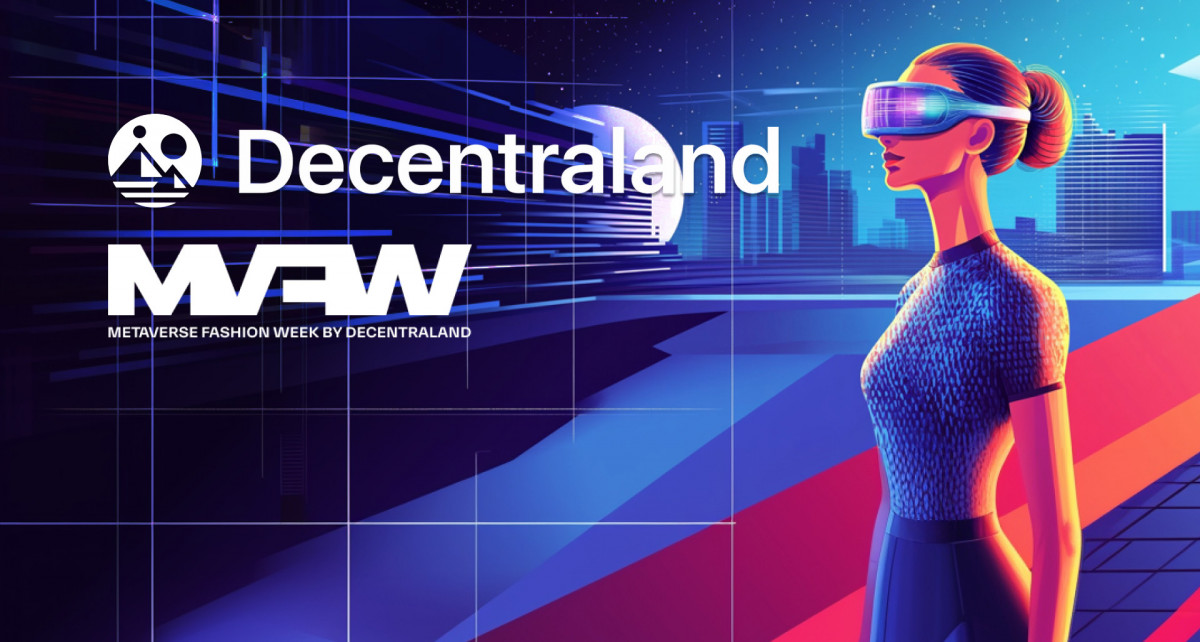Web3 is experiencing a period of rapid and significant change. Here are five developments that will reshape the emerging tech ecosystem in the near future.
Web3 — a technological ecosystem that can be thought of asa decentralized internet — is constantly evolving and reshaping the ways in which we work, play and communicate.
Many people conflate web3 with the metaverse, but these are not in fact synonymous; whereas the metaverse is a vaguely defined virtual space that remains mostly hypothetical, web3 is already very much alive. A variety of web3-based technologies — including non-fungible tokens (NFTs), cryptocurrency, and decentralized autonomous organizations (DAOs) have become increasingly familiar to mainstream culture in recent years.
At the same time, we’re living through a transformational moment for web3. The onset of the so-called “crypto winter” earlier this year has sparked a significant decline in crypto investments and NFT sales. Meta’s financial problems have led to doubts about the practicality of its vision for the metaverse (which — though it’s by no means a vision that’s shared with the whole of the web3 community, is nonetheless arguably the one that has most influenced public understanding of the metaverse). And governments seem to be stepping up their efforts to regulate digital assets industries.
Web3 is going through some growing pains, but it’s not disappearing anytime soon. With that in mind, here are five web3 trends that marketers will need to be aware of in 2023:
1. Increased sustainability mindset. It often requires enormous amounts of energy to operate a blockchain; this has been one of the most (justifiably) significant hurdles to the technology’s widespread adoption. But we’re increasingly seeing web3 companies emphasize eco-awareness in their business models. And the crypto industry was transformed earlier this year after Ethereum’s successful “merge,” which transitioned the blockchain platform from a proof-of-work to a proof-of-stake model and reduced its energy consumption by as much as 99%. It’s likely that the web3 industry will continue to prioritize a sustainability mindset in the new year.
2. More government oversight. Government regulation of web3 — particularly crypto and NFTs — has been on the rise. Earlier this week, Al Jazeera reported that intergovernmental watchdog group the Financial Action Task Force (FATF), in an effort to prevent money laundering and terrorist funding, will begin adding countries that fail to implement adequate crypto regulation policies to a “grey list.” In October, the Financial Stability Oversight Council (part of the US Treasury Department) published a 124-page report urging Congress to begin regulating the crypto industry, citing concerts about the integrity of the US economy.
3. Utility NFTs. To date, many NFTs have been little more than works of digital artwork with staggering costs; this lack of practical functionality has been a core reason why some believe that NFT peddlers are scam artists, and that the NFT industry as a whole is a giant bubble that will inevitably pop. Many across the web3 industry seem to have heard these charges (and seen some merit in them), because we’ve been witnessing the ascent of “utility NFTs” — that is, NFTs that unlock some kind of tangible benefit, such as access to exclusive events or physical merch.
4. Ongoing corporate involvement. Beginning well and truly in 2021, a growing number of brands have eagerly been staking their claim in the web3 space, seeking to explore new modes of marketing and customer engagement, especially among a younger audience. The crypto winter and Meta’s ongoing crisis may have spooked some brands from investing in web3, but other big-name brands still seem keen to make a name for themselves in the ever-evolving space. MasterCard and Fidelity Investments, for example, both recently got the ball rolling on new campaigns aimed at making it easier for some clients to start becoming involved with crypto.
5. The rise of augmented reality. Virtual reality, as Meta’s recent corporate struggles have demonstrated, faces an uncertain future; Meta is marketing its new, Quest Pro VR headset largely as a workplace tool, but it remains to be seen whether large numbers of working professionals will be eager to use the device in their jobs, not to mention foot the $1,499 bill.
There’s another technology that some believe will be more practical and popular than VR: augmented reality (AR). Apple, the wealthiest tech company in the world, is expected to release its much-anticipated AR glasses sometime within the next few years. Apple’s chief executive Tim Cook recently said in an interview that AR is “a profound technology that will affect everything,” and Snap founder and chief executive Evan Spiegel also recently said that the technology is “more immersive” than VR.
If VR continues to have a PR crisis, a growing number of tech companies could begin to stake their investments on AR.
For more, sign up for The Drum’s Inside the Metaverse weekly newsletter here.
Read More: news.google.com









 Bitcoin
Bitcoin  Ethereum
Ethereum  Tether
Tether  XRP
XRP  USDC
USDC  Solana
Solana  TRON
TRON  Dogecoin
Dogecoin  Cardano
Cardano  Lido Staked Ether
Lido Staked Ether  Wrapped Bitcoin
Wrapped Bitcoin  LEO Token
LEO Token  USDS
USDS  Toncoin
Toncoin  Chainlink
Chainlink  Avalanche
Avalanche  Stellar
Stellar  Shiba Inu
Shiba Inu  Hedera
Hedera  Sui
Sui  Wrapped stETH
Wrapped stETH  MANTRA
MANTRA  Bitcoin Cash
Bitcoin Cash  Litecoin
Litecoin  Polkadot
Polkadot  Binance Bridged USDT (BNB Smart Chain)
Binance Bridged USDT (BNB Smart Chain)  Ethena USDe
Ethena USDe  Bitget Token
Bitget Token  Hyperliquid
Hyperliquid  WETH
WETH  WhiteBIT Coin
WhiteBIT Coin  Pi Network
Pi Network  Monero
Monero  Wrapped eETH
Wrapped eETH  Dai
Dai  OKB
OKB  sUSDS
sUSDS  Uniswap
Uniswap  Aptos
Aptos  Pepe
Pepe  Gate
Gate  Coinbase Wrapped BTC
Coinbase Wrapped BTC  NEAR Protocol
NEAR Protocol  Ondo
Ondo  Internet Computer
Internet Computer  Cronos
Cronos  Mantle
Mantle  Tokenize Xchange
Tokenize Xchange  Ethena Staked USDe
Ethena Staked USDe